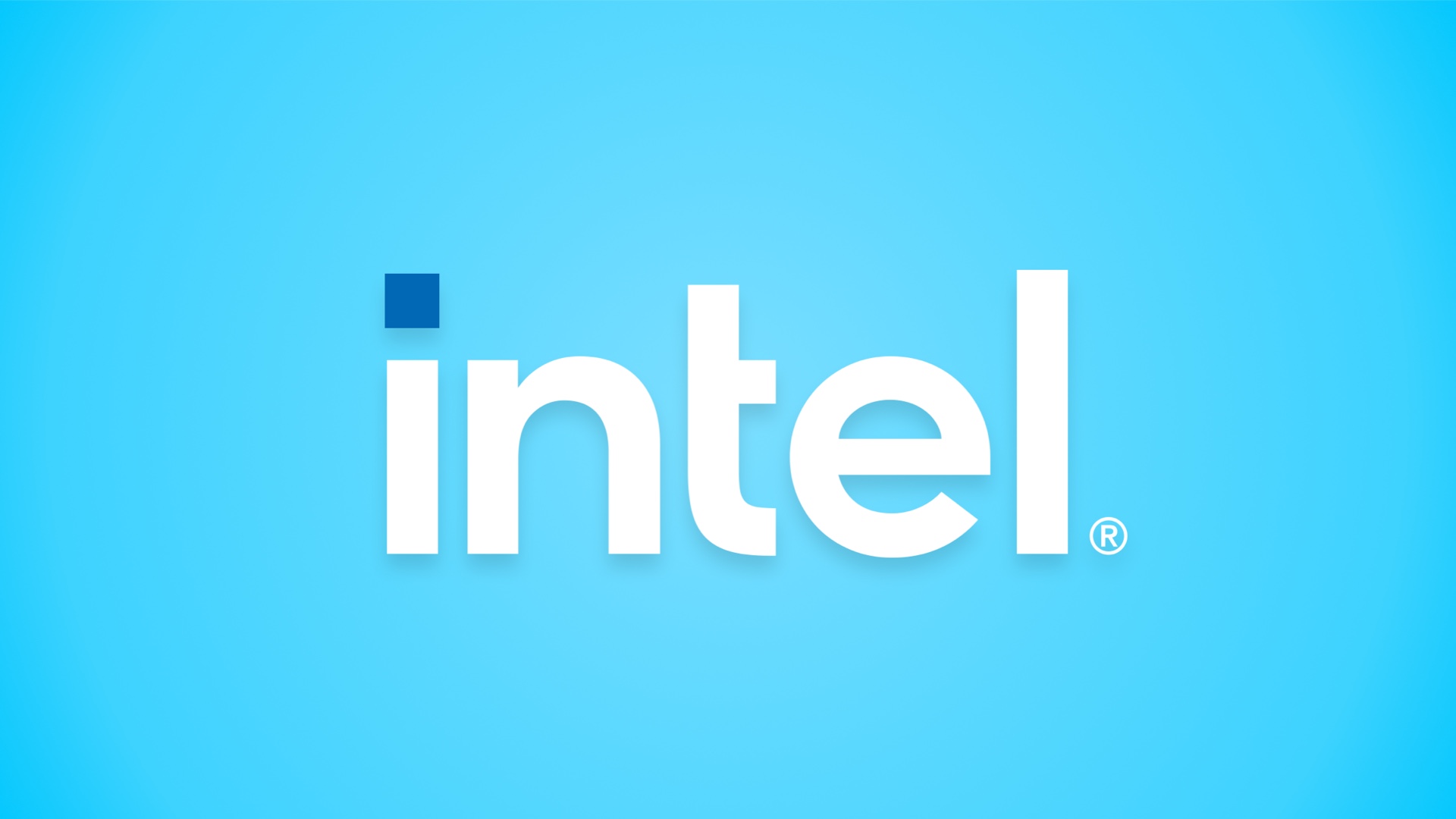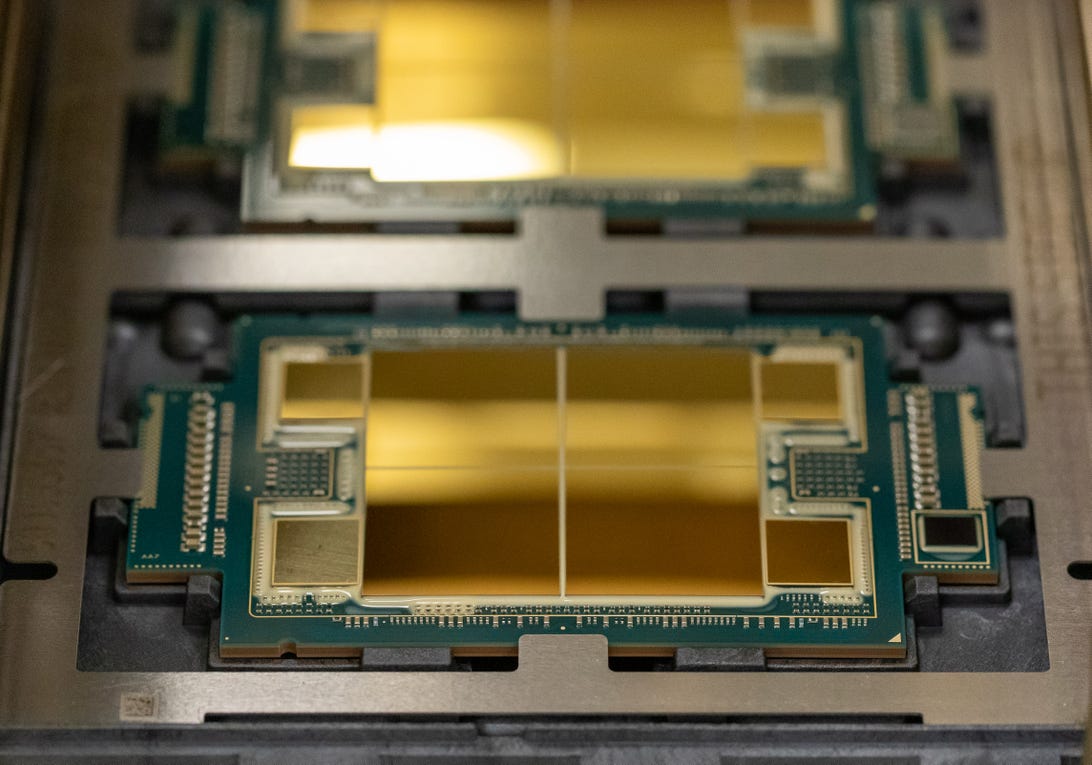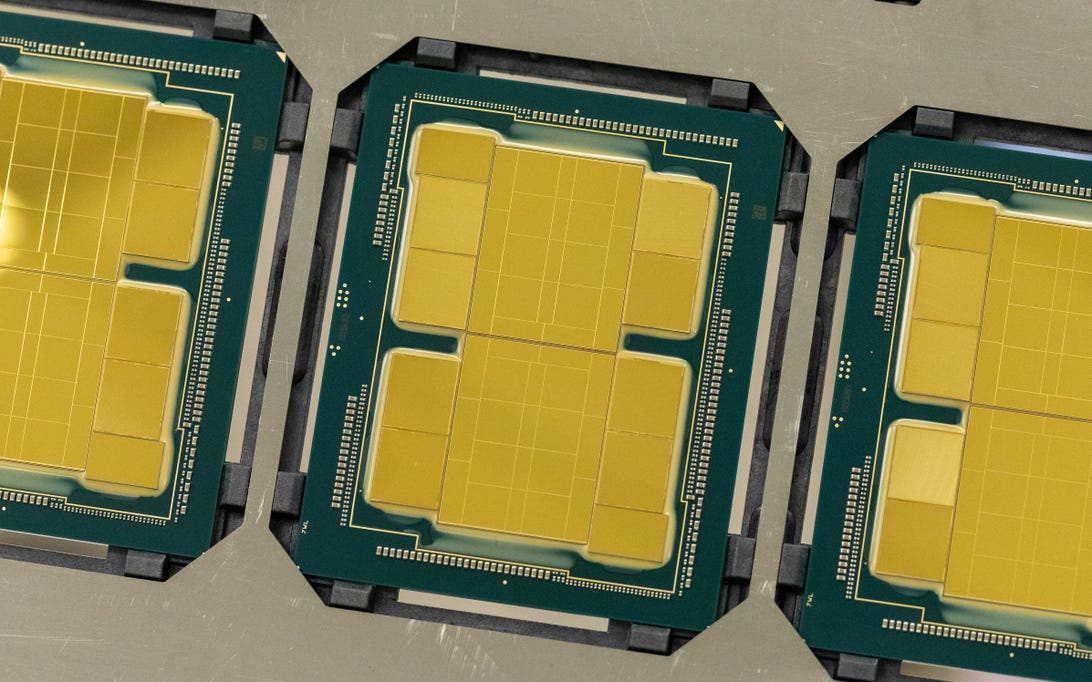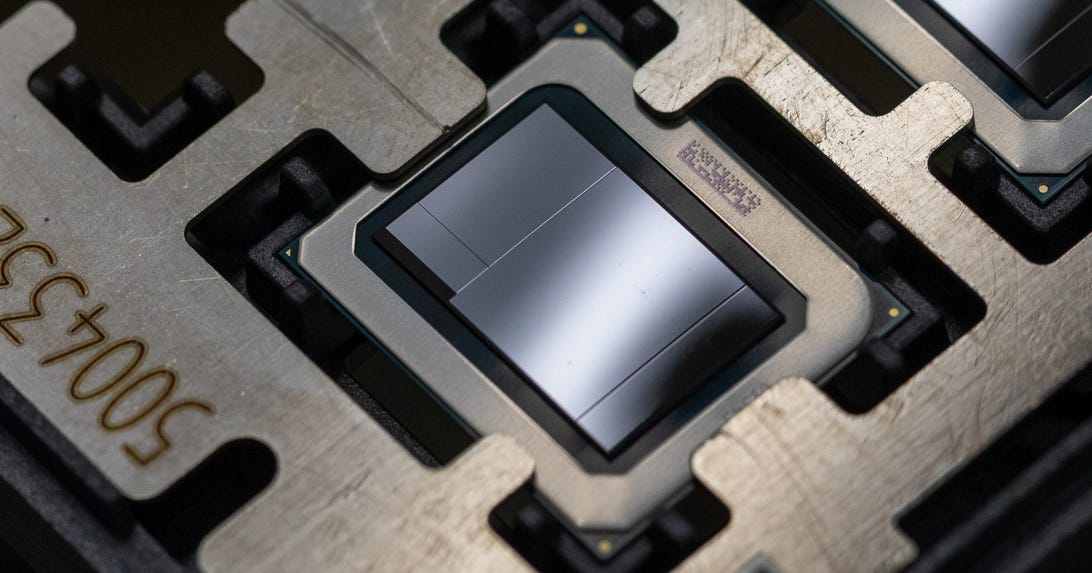dullard
Elite Member
- May 21, 2001
- 26,187
- 4,853
- 126
I changed it to Extreme Edition to be more clear. They worked in regular motherboards capable of running any i7 chip and were not marketed as HEDT. The 980x and 990x were marketed as Extreme Edition and had double the MSRP.That is HEDT.

Intel® Core™ i7-990X Processor Extreme Edition (12M Cache, 3.46 GHz, 6.40 GT/s Intel® QPI) Product Specifications
Intel® Core™ i7-990X Processor Extreme Edition (12M Cache, 3.46 GHz, 6.40 GT/s Intel® QPI) quick reference guide including specifications, features, pricing, compatibility, design documentation, ordering codes, spec codes and more.

Product Specifications
quick reference guide including specifications, features, pricing, compatibility, design documentation, ordering codes, spec codes and more.
Last edited:








